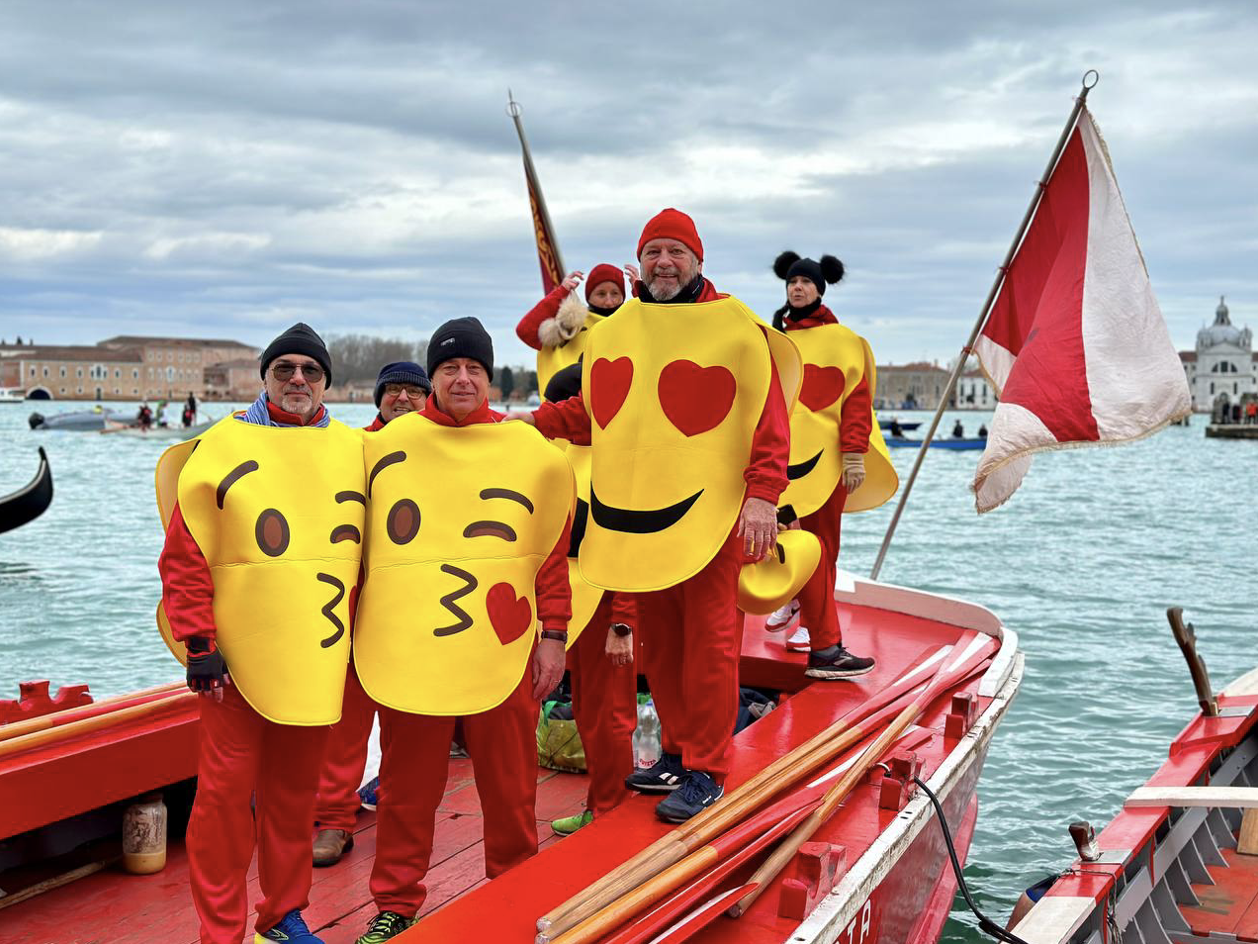Carnevale di Venezia 2023 is Back: The History and the Traditions Behind One of Italy’s Most Iconic Celebrations
Source: Unsplash
Grace Flynn
After a three-year hiatus, Carnevale di Venezia is back, bringing the return of colourful gondole, glittering maschere (masks – and not the covid type!) and plenty of delectable dolci (sweets) to the floating city.
If you took Italian in school, you may already be familiar with the iconic costumes and beautifully decorated masks that Carnevale is known for. But there’s much more behind the mask of this nation-wide celebration (the fun isn’t just reserved for Venice, after all). From the festival’s interesting history to its colourful processions, Carnevale is more than just a costume party.
The 2023 Carnevale celebrations began on Saturday, February 4 and will continue until Tuesday, February 21 under this year’s astrology-inspired theme, ‘Take Your Time For The Original Signs’. Here’s all that you need to know about the vibrant Italian festival.
A giant papier-mâché rat?
On Sunday, around 100 ornate boats sailed down the Grand Canal led by none other than a seven-metre floating papier-mâché rat.
Known as the ‘Pantegana’, this curious rodent-inspired art project has become somewhat of a humorous staple at Carnevale. When the tradition began, the Pantegana was thrown from the bridge so as to appear as if it were flying as a parody of il Volo dell’Angelo, or the Angel’s Flight, which dates back to the mid-16th century and typically sees a costumed Venetian woman flying through the air attached to a harness.
Due to works in the piazza, there was no Flight of the Angel, leaving the giant rat to take centre stage, or centre canal, rather.
Source: Carnevale di Venezia Facebook Page
How the ancient festival began, got cancelled and returned
Carnevale is ancient. According to legend, the celebration dates back to the Venetians’ victory over the Patriarch of Aquileia in 1162, where people gathered to dance and celebrate in Piazza San Marco. There were sweets, balls, animals parading the streets and fun masks which served as a way for Italians to hide their identity in what once was a small town where everyone knew one another (kind of like Perth if you ask me). Class division dissolved beneath the masks, prompting many to continue wearing them in everyday life.
For hundreds of years, Carnevale continued to be a very indulgent affair preceding Lent. You could say that Venice became the Ibiza of Italy, if not the world, with its casinos and wild parties. That was until the Austrian Emperor Francis II, a royal party pooper, outlawed fun in 1797.
It wasn’t until 1979 that Carnevale returned in full force thanks to the Italian government. Honouring the traditions and craftsmanship involved in the traditional masks and costumes, Carnevale came back more stylish than ever, attracting locals and tourists alike to partake in the festivities.
Carnival in Venice (1750) by Giovanni Domenico Tiepolo | Source: WikiCommons
Costumes of all kinds
When you hear the word Carnevale, the classic Renaissance regalia and ornate masks tend to come to mind. However, the costumes worn at Carnevale today aren’t restricted to the traditional. In 2023, you can expect everything from Teletubbies, Mario and Luigi, Minions and emojis sailing down the canals and partying in the streets.
Just as it was some hundreds of years ago, Carnevale invites participants to enjoy a period of pure escapism filled with lavish masked balls, delicious fried donuts called frittelle, concerts and live performances. Now that sounds like a celebration I can get behind.
Source: Carnevale di Venezia Facebook Page



